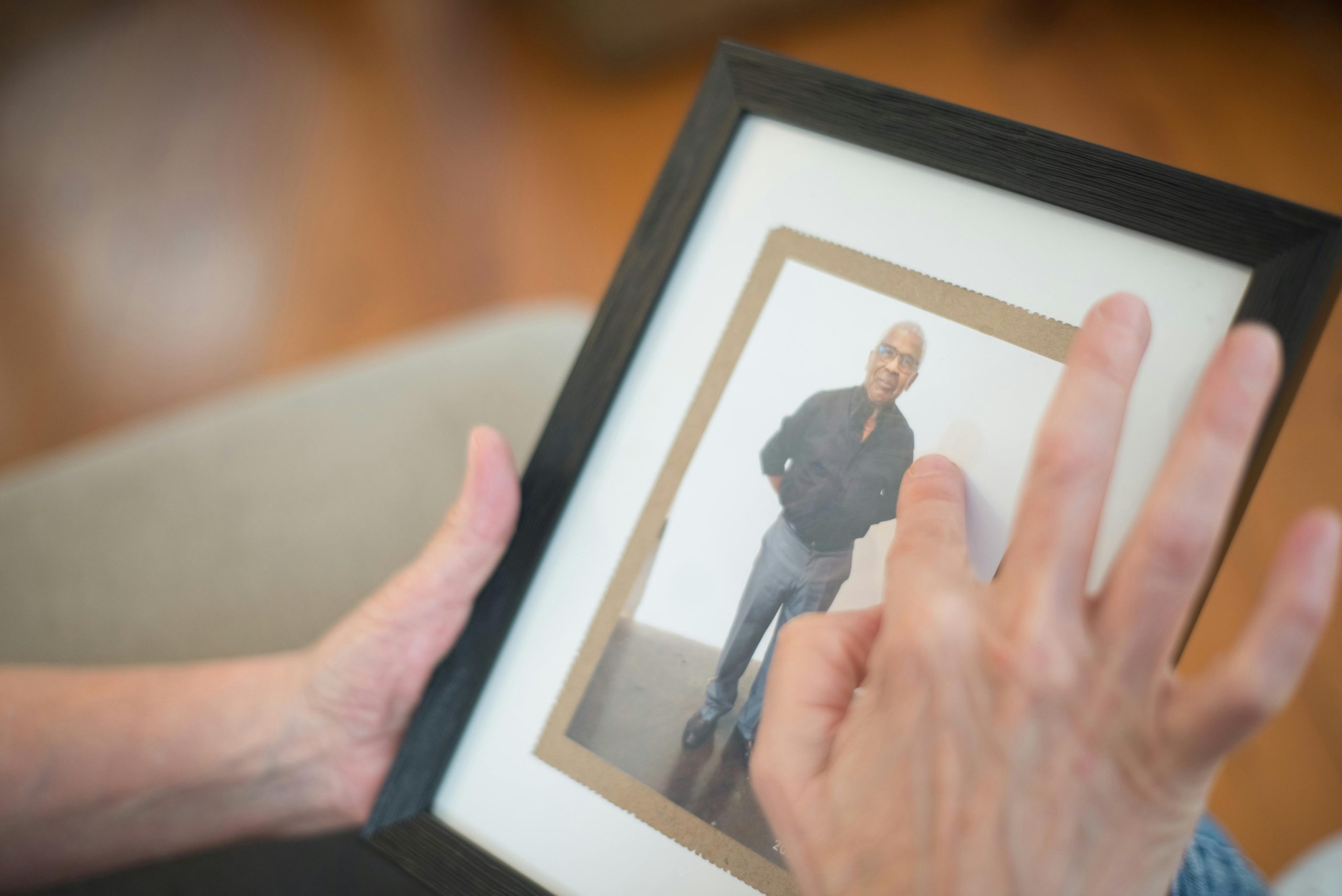The Digital and Physical Unraveling: How a Seven-Minute Heist Exposed the Louvre’s Decades of Security Neglect

The October 2025 heist at the Musée du Louvre—a daylight operation characterized by audacious physical execution and compounded by shocking digital negligence—served as a crucible, instantaneously illuminating systemic failures within one of the world’s most protected cultural institutions. While the recovery of the stolen Napoleonic treasures remains an ongoing, critical objective, the resulting fallout has been dominated by the damning findings of France’s supreme audit body and the viral shockwaves that followed the revelation of an almost laughably weak digital credential. The narrative quickly bifurcated: the precision of the physical robbery contrasted sharply with the sheer administrative incompetence exposed by the subsequent forensic investigation, a dynamic that captivated global audiences, including high-profile figures like Elon Musk, who weighed in on the staggering security lapses.
The Physical Execution of the Daylight Robbery
While the digital aspect captured the headlines and fueled widespread disbelief, the physical breach itself was a serious act of criminal enterprise that must not be overshadowed. The thieves’ ability to operate in broad daylight speaks to a failure in the physical patrol and response protocols that were supposed to be monitored by the compromised surveillance system. The entire operation, from initial breach to successful escape, showcased a level of precision that suggested professional planning, even if the subsequent password revelation suggested the reliance on a pre-existing digital weakness. The robbery, which occurred on October 19, 2025, struck at the heart of the museum’s prestige.
The Methodology: Lifts, Grinders, and Seven Minutes
Eyewitness accounts and police statements detailed a highly specific and rapid execution. The perpetrators reportedly utilized a truck equipped with an extendable basket lift—often referred to as a freight lift in preliminary reports—to gain direct access to a first-floor window overlooking the hallowed Apollo Gallery. Once inside, the use of industrial cutting tools, specifically angle grinders, was employed to breach the reinforced glass of the display cases holding the imperial jewels. The entire operation, from entry through the window to the final escape on motorbikes, was completed in an astonishingly short span, estimated at around seven minutes. This speed is a critical element of the investigation, suggesting an intimate knowledge of the physical environment and a precise window of opportunity within the security rota.
The Status of the Stolen Napoleonic Treasures
Despite the high-profile nature of the robbery and the subsequent arrests of four suspects, the fate of the stolen jewels remains a pressing issue as of November 2025. The eight stolen items, which included an emerald and diamond necklace belonging to Empress Marie Louise and a diadem once owned by Empress Eugenie, possess “inestimable heritage value”. The suspects charged were, according to statements from the Paris prosecutor, believed to be closer to petty criminals than to the top echelon of organized international crime syndicates, leading to speculation that the heist may have been commissioned by an as-yet-unidentified private collector. The continued absence of the recovered artifacts maintains an air of unsolved tension surrounding the entire incident, despite the clarity on the digital security failures.
The Court of Auditors Delivers a “Deafening Alarm Bell”
The institutional response to the combined security failure—physical breach coupled with digital negligence—was formally addressed by France’s supreme audit institution, the Court of Auditors (Cour des Comptes). Their comprehensive report, which covered the museum’s management between 2018 and 2024, was prepared before the heist but released shortly after, providing a sobering assessment of the museum’s management priorities over the preceding years, using the robbery as undeniable proof of their critique. The first president of the Court, Pierre Moscovici, characterized the theft as a “deafening alarm bell” sounding over the institution’s slow pace of necessary renovations.
Prioritizing Aesthetics Over Essential Infrastructure
The audit was highly critical of where the museum’s financial resources were directed between two thousand eighteen and two thousand twenty-four. The report contended that the Louvre’s investments overwhelmingly favored “visible and attractive operations,” such as new art acquisitions and improvements to the visitor experience, which directly benefit ticket sales and public perception. This focus, the auditors argued, came “at the expense of the maintenance and renovation of buildings and technical installations, particularly safety and security systems”. In essence, the museum was perceived as spending on its surface appeal while letting its functional core—its safety systems—decay, which one union source noted was exacerbated by a 14% decrease in surveillance and guide staff over the last decade.
The Shocking Disparity in Security Budget Allocation
To illustrate this point starkly, the audit noted the estimated cost for a full security modernization project was approximately **eighty-three million euros**. However, the actual funds committed to this critical upgrade between two thousand eighteen and two thousand twenty-four amounted to a mere **three million euros**. This massive gulf between the required investment and the actual expenditure provided hard financial data to support the conclusion that digital and physical security had not been treated as an urgent priority, making the eventual compromise sadly predictable. The auditors suggested that security investments had become a “budget adjustment variable” despite the museum’s annual operating budget of €323 million.
The Pre-Heist Audit Trail and Known Deficiencies
The discovery that security weaknesses were known well in advance placed the blame squarely on ongoing administrative and oversight failures rather than surprise. The documentation gathered by the ANSSI (the French national cybersecurity agency) and the subsequent audit confirmed a protracted period of recognized, yet unaddressed, security shortcomings that created the perfect environment for the October incident to succeed both physically and digitally. The narrative moved from what happened to why it was allowed to happen for so long.
Specific Gaps in Camera Coverage Across Major Wings
The physical monitoring infrastructure itself was found to be dangerously incomplete long before the password revelation. The audit highlighted a critical lack of comprehensive camera deployment within the vast museum complex. Specific figures cited indicated that **seventy-five percent (75%)** of the Richelieu wing and **sixty percent (60%)** of the Sully wing were not covered by functioning surveillance systems. Furthermore, as of 2024, only **thirty-nine percent (39%)** of the museum’s total rooms were equipped with surveillance cameras. The Louvre’s director conceded that the perimeter cameras were ageing and that the single camera near the point of entry was directed westward, rendering it useless for recording the actual break-in.
The Decade-Long Modernization Timeline Stalling at Two Thousand Thirty-Two
Even after the deficiencies were flagged by an audit started as early as 2015, the official plan to overhaul the security equipment, which had been under study since two thousand eighteen, was not scheduled for full implementation until **two thousand thirty-two (2032)**. This timeline, now viewed in light of the two thousand twenty-five theft, was deemed woefully inadequate. The Court of Auditors strongly urged the museum to accelerate this process, making the overhaul of technical facilities, especially safety and security, an immediate, top-tier priority, even if it meant curtailing spending on less essential projects like further art acquisitions.
The Road to Digital Fortification and Future Implications
In the immediate aftermath of the dual exposure—the successful robbery and the weak password—the museum and relevant government bodies were compelled to issue firm commitments for rapid, structural change. The sheer embarrassment has served as an undeniable catalyst, forcing a re-evaluation of security culture from the highest levels of the Ministry of Culture downwards. The goal is no longer just to recover stolen goods, but to fundamentally secure the institution against the threats of the next decade. The internet, for its part, reacted with a mixture of horror and dark humor upon learning the password may have been as simple as “LOUVRE” itself, a story that saw widespread coverage and warranted commentary from figures like Elon Musk, highlighting the global resonance of such a basic technical failure.
Pledges for Accelerated System Overhaul by Mid-Twenty Twenty-Six
In direct response to the political and public pressure, government officials vowed to significantly expedite the timeline for comprehensive security modernization. The Ministry of Culture publicly committed to a full overhaul of the existing surveillance architecture, moving the targeted completion date forward from the distant two thousand thirty-two to a much more ambitious target of **mid-two thousand twenty-six** [cite: User Prompt Context]. This accelerated schedule indicates an understanding that the perceived lag in digital security posed an unacceptable risk to France’s national treasures. Furthermore, in the weeks immediately following the heist, Culture Minister Rachida Dati announced that anti-ramming and anti-intrusion devices would be installed in the vicinity of the Louvre within the next two months, recognizing the immediate physical vulnerabilities.
Mandates for Multi-Factor Authentication and Encryption
The technological remediation promised goes beyond simply replacing old hardware. The new systems are slated to incorporate modern security standards that directly counter the identified weaknesses. This includes mandatory implementation of encrypted access protocols for sensitive systems and, crucially, the widespread adoption of **multi-factor authentication (MFA)** to prevent simple password-based intrusions—a direct consequence of the “LOUVRE” credential scandal [cite: User Prompt Context]. Furthermore, new tools incorporating **artificial intelligence** are being explored to detect anomalies in real-time, addressing the slow, manual review process that failed to prevent the heist. The audit also explicitly recommended a full refurbishment of its digital infrastructure and governance to combat what it termed a “chronic under-investment in information systems”.
Lessons for Cultural Heritage Security Worldwide
Ultimately, the incident at the Louvre transcends the borders of France. The exposure of the weak password and the underlying IT infrastructure decay serves as a critical, internationally relevant case study. Cybersecurity experts have emphasized that weak credential governance remains a global weak link, particularly where operational technology, like CCTV and access control, is managed by facilities teams rather than integrated IT security departments [cite: User Prompt Context]. The expectation now is that cultural institutions globally will use this event as the impetus to audit their own legacy systems, eliminate single points of failure, and establish a shared risk model that finally treats digital hygiene with the same seriousness as physical locks and alarms, ensuring that such a monumental, yet avoidable, security narrative does not repeat itself anywhere else in the world [cite: User Prompt Context]. The Louvre’s director, Laurence des Cars, has accepted most of the Court of Auditors’ recommendations, signaling a necessary, albeit belated, shift in institutional priorities.










